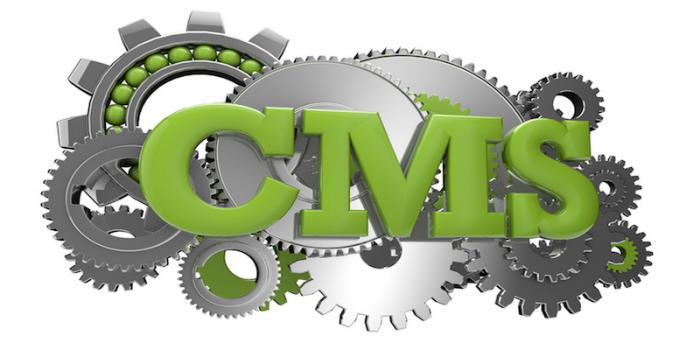
What’s in a Content Management System?
Nowadays, investing in a new website is probably more complicated than buying a brand new car, such are the number of options, acronyms and unscrupulous salespeople available at the click of a “contact us” button.
Although daunting, the advent and development of the basic content management system (CMS) into a number of brands, functions and technical points of difference is something to be celebrated: you, the customer, can do pretty much anything you like with your website, if you pick your CMS wisely.
The best thing about the modern-day CMS is the inclusion of rich text editors, which means that you can edit your pages in the same manner and with the same functions as a Microsoft Word document.
This opens out website administration to the wider market and should be reassuring to anyone previously daunted by taking on content management responsibilities for their company’s website.
Content-based CMS
A content-based CMS does exactly what it says on the tin. It allows you to log in behind your website and to upload text, images and video.
If you’re not after a particularly complex design, you can pretty up your pages with simple .JPG or PNG files for hero banners. Alternatively, the more established CMS providers have website “themes”, which are downloadable and easily installed into your CMS. These will provide a uniform page style and template (structure) with which to work.
In terms of the biggest (and, arguably, the best) CMS options out there, you might want to look at:
WordPress
Originally developed as a blogging platform, hence its ease-of-use
The platform is written in PHP
Now scaled to full website builds
Easily customisable to work well for SEO
Open-source, meaning that any competent WordPress developer can pick up your project, should you change suppliers
Limited to some extent by design and function, which are on the more basic end of the spectrum
Security issues exist only where unofficial plugins and themes are downloaded
Concrete5
Concrete 5 operates in a similar manner to WordPress
The platform is written in also written in PHP
Features are similar to the advantages of WordPress
Furthermore, a boon of Concrete5 is the standard list of functions: photo slide show, YouTube integration, a guestbook, Flash support, polls, surveys, search bar, RSS, feed, secure file distribution, Google Maps and a form generation tool
Whilst Concrete5 is open source, there are ultimately less developers available who are comfortable with the CMS, so a long-term relationship should be forged with your initial web developer or web agency
Umbraco
Umbraco operates in a different manner to WordPress and Concrete5, being written in ASP.NET
Visually, pages are templated in a manner similar to WordPress and Concrete5
Umbraco is slightly less intuitive behind-the-scenes, so a CMS training session with your provider is recommended before your new site goes live
There are less areas for security issues on Umbraco, due to the way in which the platform is coded
E-commerce CMS
Should your website need to be transactional, there are plugins that integrate into some of the options above—but basing your business’ revenue on a plugin is not at all recommended.
Instead, best practice is to opt for an e-commerce platform, which will enable you to list your products, with prices, before taking your user to checkout and integrating with the requisite payment method such as PayPal, alongside standard functions for card transactions.
Two e-commerce platforms immediately spring to mind:
Magento
Magento has made a great name for itself as the go-to platform for e-commerce
The reason for this is its relatively easy-to-use CMS (remember that e-commerce platforms are inevitably going to be more complicated to use than standard content-based CMS options)
Magento is what we call an “out of the box” solution, meaning that all that you should need is already in place
The above, however, is where the system falls down from a developmental point of view: tweaks and customisation require super-specialist coding knowledge, which restricts your choice of web suppliers and onward web developers
Reassuringly, all modules (the extra things you might purchase to configure your website) are official, tested and endorsed, which is great for website stability and security
Drupal Commerce
This is an add-on to the existing Drupal CMS
Drupal Commerce is hugely scalable, which means that it will work for a small business, all the way up to a blue chip, international operation
The platform is also great for those who like to tweak and customise, with almost limitless options for personalisation
However, Drupal Commerce is notoriously unfriendly for the end user—which is the reason why Drupal wasn’t discussed as part of the content CMS run-down
The above doesn’t mean that Drupal Commerce is to be avoided
Rather, a full pre-live training session should be arranged with your supplier, along with refresh sessions for any new administrators
One final word of advice is to avoid anyone offering you a “bespoke CMS” option. Whilst this certainly sounds delicious, you’ll be left with a bitter taste in your mouth if your relationship with your web developer turns sour and you realise that your website is coded in a way that only they truly understand. Given the flexibility of the open source options above, this scenario is now entirely avoidable.
Want more information? Contact us here
